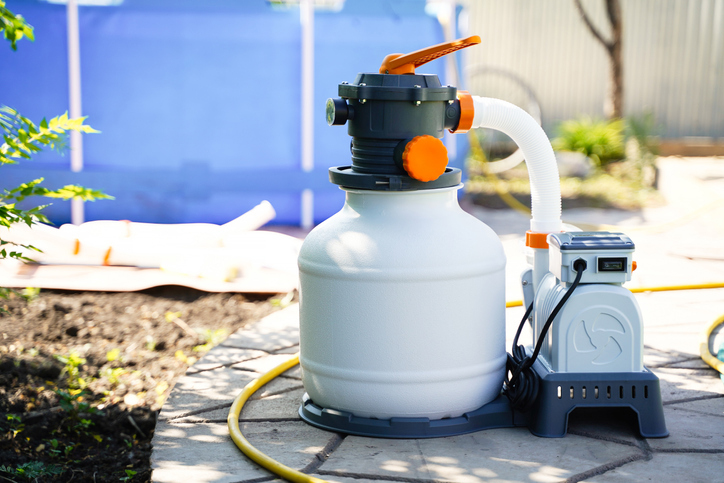Save Money on Your Pool This Summer

There’s no better feeling in the hot Texas heat than enjoying your summer in your pool. Well, perhaps saving money on Texas power. But the second best feeling has got to be the pool. Luckily, you can enjoy both with these energy efficient pool pumps.
Electricity Cost of a Pool
For just electricity prices, it can cost $30 to $150 every month to run your pool. Of course, this depends on various factors, such as the size of your pool, the type of pump, and how often you use it. Thanks to blower motors and electric heaters, heated pools and hot tubs can even cost several hundred dollars extra.
Types of Pool Pumps and Factors to Consider
There are three types of pool pumps: single-speed, dual-speed, and variable. Single-speed pumps need to run at full speed every time they’re on. As the name suggests, dual-speed pumps have two speeds: a high-speed vacuum function and a low speed to circulate the water. Variable speed pumps give you more control to run only when you need them. That’s why they’re the most energy efficient.
But choosing the best pool pump isn’t so simple. Pool size, type, geography, and positioning can affect which pump you should opt for. So, make sure you take these five factors into consideration before committing to a pump:
- Inground or above-ground pool: Usually, inground pools need self-priming, while above-ground pools don’t because they can use gravity to draw the water from the pool.
- Turnover rate: How long it takes to circulate all the water in your pool. Your pool’s size, volume, shape, and type are crucial factors here.
- Horsepower: This is the motor’s power output. Higher horsepower means more power but also a higher energy need. Ultimately, your pool’s size will decide what horsepower range you should invest in.
- Housing mount: How the pump is installed. Typically, there are two ways to secure a pump, top-mounted or side-mounted. Top-mounted are usually cheaper and easier to install. But they’re also bigger.
- Motor power: Usually, pool pumps run at 110 VAC or 230 VAC, depending on pool size. If you have a small or medium-sized pool, 110 volts is enough. These usually work best if you have an above-ground pool. Bigger pools with complex filtration systems need 230 VAC pumps. These usually require electricians to install and tend to use more electricity. So you’ll want to note their wattage.

The Most Energy-Efficient Pool Pumps
When choosing a pool pump, please take the manufacturer’s recommendation into consideration. Also, look for the Energy Star stamp to find the most efficient pool pumps (like these).
- Best for inground pools, Pentair IntelliFlo: This pump can handle inground pools of all sizes. It has eight programmable speed settings and a built-in timer, too. Rated at 16 amps at 230 VAC, this one uses 3.2 kilowatts (kW).
- Best for above-ground pools, Hayward PowerFlo: This small but efficient variable-speed pump packs a punch and uses less electricity than similar 1.5 hp pumps. This one use runs at 115 VAC, connects to a standard 15 amp circuit, and provides up to 80% energy savings over single-speed pumps.
- Best for small pools, Black and Decker 1.5 hp : For a pool of 12,000 gallons or smaller, this affordable pump will surely do the trick. It uses a 230 VAC connection and is rated at 7 amps. That’s about 1.5 kW.
- Best for big pools, Intex Krystal Clear .75 hp: While it was designed with Intex pools in mind, this is a great choice for bigger above-ground pools too. This one can push 3,000 gallons per hour using only 115 VAC at 2 to 4 amps. That’s roughly up to 500 watts.
Save Money With a Cheap Electricity Plan
Keep your electricity costs low this summer with the right pool pump. And you can keep your electricity bills low with the right plan. Visit www.texaselectricityratings.com to find the latest electricity deals in Texas. Compare the rates, read provider ratings, and commit to a plan that suits your home.

